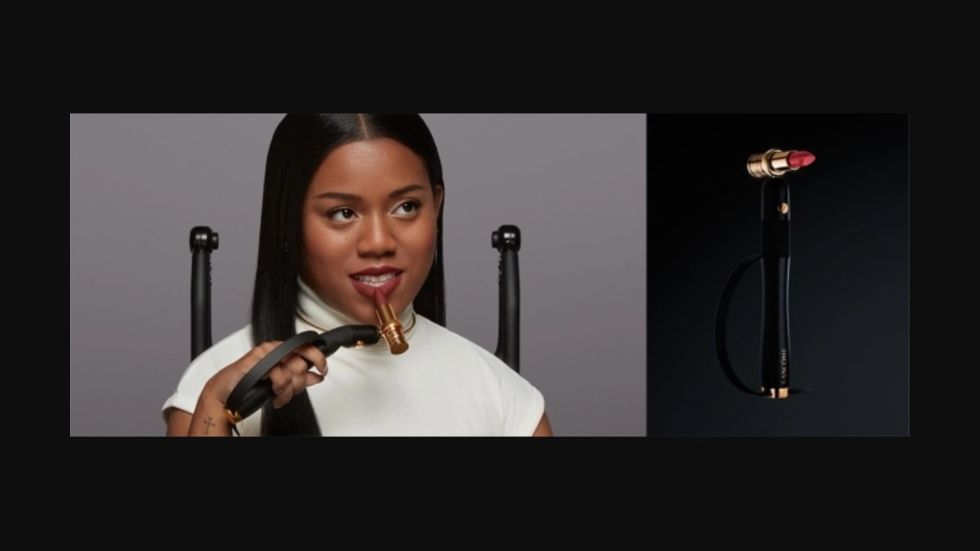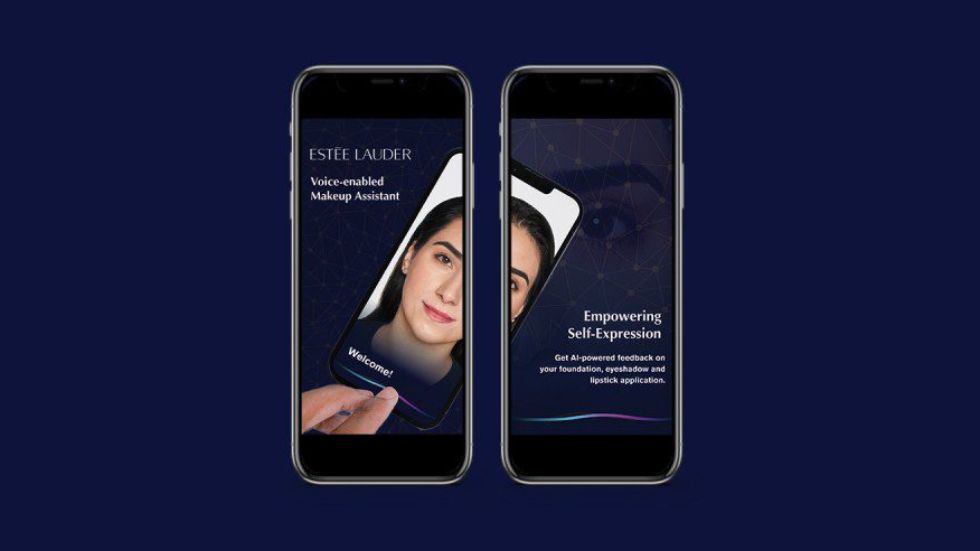Beauty brands are harnessing the power of technology to offer innovative solutions, to be more inclusive and remove barriers for customers with additional requirements.
Estée Lauder Voice-enabled Makeup Artist
Estée Lauder have launched an app which uses Artificial Intelligence to help visually impaired users to apply makeup. The Voice-enabled Makeup Artist or VMA uses voice instructions to lead customers to apply makeup evenly, offering feedback on the application at the end of the instruction. Not only does it guide users through makeup stages, but it also assesses the application, providing feedback on if additional touch ups are required. In its production stages, Estee Lauder worked with those with visual impairments in order to create an app that would be most useful for them.
L’Oréal HAPTA
Likewise, L’Oréal is prioritising accessibility having developed HAPTA – a hand-held makeup applicator that helps those with limited hand and arm mobility. It helps users apply lipstick and open makeup packaging by using motion sensors and customisable attachments.
HAPTA is set to debut later this year, being piloted by Lancôme, following the introduction of L’Oréal’s Modiface – an AI interface that allows users to try makeup virtually and assesses their skincare needs which has been rolled out in Sainsbury’s across the country.
These beauty brand innovations are using ground-breaking technology to develop their products, beyond traditional cosmetics to cater for accessibility. Plus, the interactive nature of the devices also allows for a greater degree of personalisation for the people. The innovation has been made possible through partnerships with tech brands – L’Oréal developed their device in partnership with Verily, Google’s sister company.

L’Oréal HAPTA
Why are Beauty Brand Innovating?
Brands must innovate to grow, to remain distinctive, sometimes to survive. The rapid growth in technology and digital behaviours has added another layer of complexity for brands. It is not just products but services that input to people’s lives and a brand’s ecosystem. The occasional ground-breaking, step-change innovation aside, this requires a permanent quest for newness and often marginal gains. This is because the brand model sits at the confluence of three drivers of sustainable success:
- Winning in a competitive category. Most basic needs are met, and brands need to lead and rapidly respond to the category changes to keep and grow their user base. Innovation is key to this.
- Leveraging Technology. Brands have a key role in leading the movement of technology from niche, early adoption to mass market acceptance. It is a key part of innovation planning. Perhaps 10-20% of innovation and investment should always be experimental, and learning led.
- Consumers at the heart. All this MUST be done with a constant mission to unlock insight, understanding people’s evolving needs, lifestyles and specific usage occasions. Brand marketing is about ensuring the brand and product solutions fit into this lived, real world.
It is hard to predict how successful these AI examples will be, but they demonstrate brands using service and technology to add value and build commercially-led brand engagement. It is not tech for tech’s sake, it is consumer driven. The inclusivity element is more than altruism, it’s about meeting the needs of a broader consumer group, often ignored, with a solution that has the potential to grow consumption. It is certain that AI will spread into more and more categories as brands add it to their innovation toolkit.
#WhatBrandsDo

